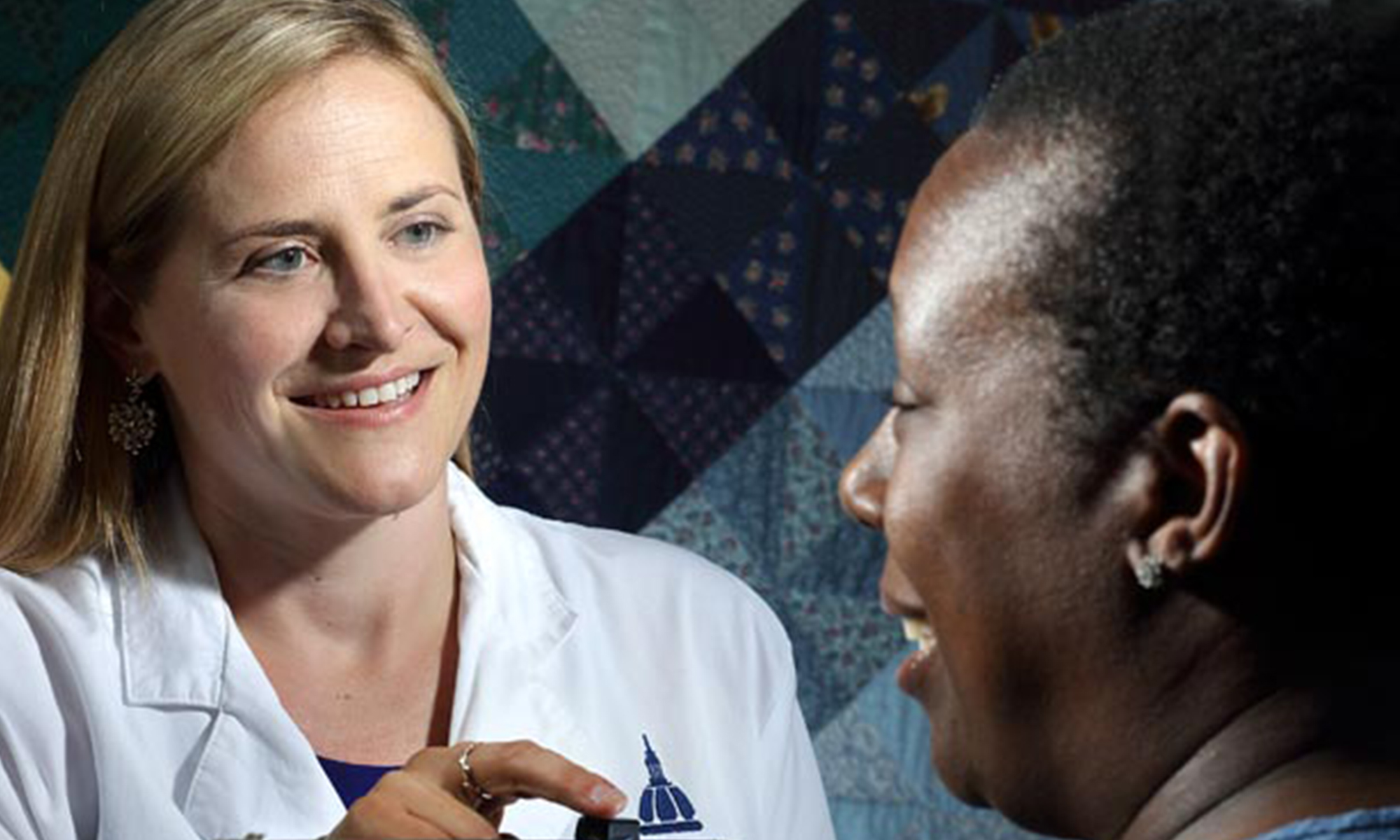Marla Mulcahy has been sober since Dec. 10, 1998. She has learned to manage her eating disorders. She no longer smokes pot or snorts cocaine.
Her one remaining vice, she says, is nicotine.
Mulcahy, 56, picked up her first cigarette in middle school and was hooked from the start. When she was diagnosed with chronic obstructive pulmonary disease (COPD) in 2004, doctors told her she needed to jettison her two-pack-a-day habit.
"I was told, in a pretty condescending way, I needed to stop smoking or I would die,” she says. She also needed to be smoke-free for at least six months to get on a waiting list for a lung transplant.
As the old joke goes, Mulcahy was good at quitting. She did it dozens of times. And she blamed herself every time she ripped the cellophane off a new pack, put a fresh cigarette to her lips, lit it and inhaled.
After years of stops and starts, she finally found success, remaining smoke-free for more than two years with the help of a Baltimore County Department of Health program that gave her a support group, strategies for coping with cravings and a prescription for a smoking cessation medication.
On Oct. 28, 2017, Mulcahy had a double lung transplant at The Johns Hopkins Hospital.
Within months, she was lighting up again.
“The first time I was out of the house and was able to drive myself, I bought a pack,” says Mulcahy, who lives in Reisterstown. “I lit the first one, and said I won’t smoke any more after that. Well, apparently, I was wrong. I smoked five cigarettes on that outing.
“It was winter. It was freezing out, and I had the windows rolled down. It was not enjoyable. It was not fun. It was not relaxing. But I have never had such a pull to anything as I had to those cigarettes.”
Mulcahy is not the first person to resume smoking after a lung transplant, despite the health risks.
She is, however, the first to gain the support of a new resource, the Johns Hopkins Tobacco Treatment Clinic, located at Johns Hopkins Bayview Medical Center.
Pulmonologist Panagis Galiatsatos, founder and medical director of the tobacco treatment clinic, views tobacco dependence as a chronic disease, not a vice to be shamed into submission.
Nicotine addiction is powerful, he says, and quitting is hard. For many people, it is a lifelong relapse-filled struggle.
“There’s evidence that nicotine is the most addictive molecule known to man, and cigarettes are designed to be highly potent nicotine delivery systems,” he says. While genetics and other factors explain why some people struggle more than others with tobacco dependence, the pleasure for most people is immediate and intense.
Mulcahy says her first appointment with Galiatsatos was cathartic.
“I don’t remember everything he said, but I looked at him and I just started crying. I said, ‘You get it. You’re not blaming me. You’re not looking at me with disgust. You get it.’ Finally, a doctor who understands addiction.”
Mulcahy now smokes about 10 times a day, buying the cheapest Ultra Light 100s she can find. She no longer lights up at night, and she sometimes stubs out her cigarette before she finishes it. “There are times when I plan to have a cigarette and then I don’t,” she says. “That’s new.”
When she struggles, she contacts Galiatsatos, who calls or texts back, asks how she’s doing, reminds her to breathe and talks through strategies. Sometimes, on his advice, she gets in her car, blasts some Go-Go’s or INXS, and sings at the top of her lungs until the craving subsides.
Galiatsatos started the clinic with the support of Nadia Hansel, pulmonary and critical care medicine physician and associate dean of research at Johns Hopkins Bayview.
The clinic now has more than 200 patients, and has been growing especially quickly during the COVID-19 pandemic, says Galiatsatos. The pandemic presents new challenges for smokers, who often turn to cigarettes in times of boredom, isolation or stress.
Also because of COVID-19, many of the appointments now take place over the phone or via Zoom.
Insurance pays for the treatment, and patients can stay with the program two years or longer, checking in as often as they need with Galiatsatos and a team of other pulmonary clinicians. The process takes time, he says. Progress can be incremental and setbacks are not failure.
Patients learn tricks such as munching on carrot sticks to occupy their hands and mouths. They learn how to correctly use nicotine gum, chewing for 20 seconds to activate, and then tucking it under the lip. They learn to replace the internal voice that says they can’t succeed with one that says they can.
They also get prescriptions for smoking cessation medications, which work by easing symptoms of nicotine withdrawal while making smoking itself less pleasurable. The medications can help people quit smoking, but don’t erase the urge to relapse, Galiatsatos says.
“Quitting smoking is not the end of tobacco dependence management,” Galiatsatos says. “If anything, it’s somewhere in the beginning.”


